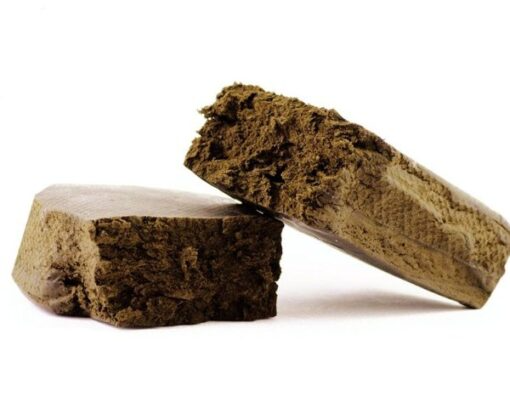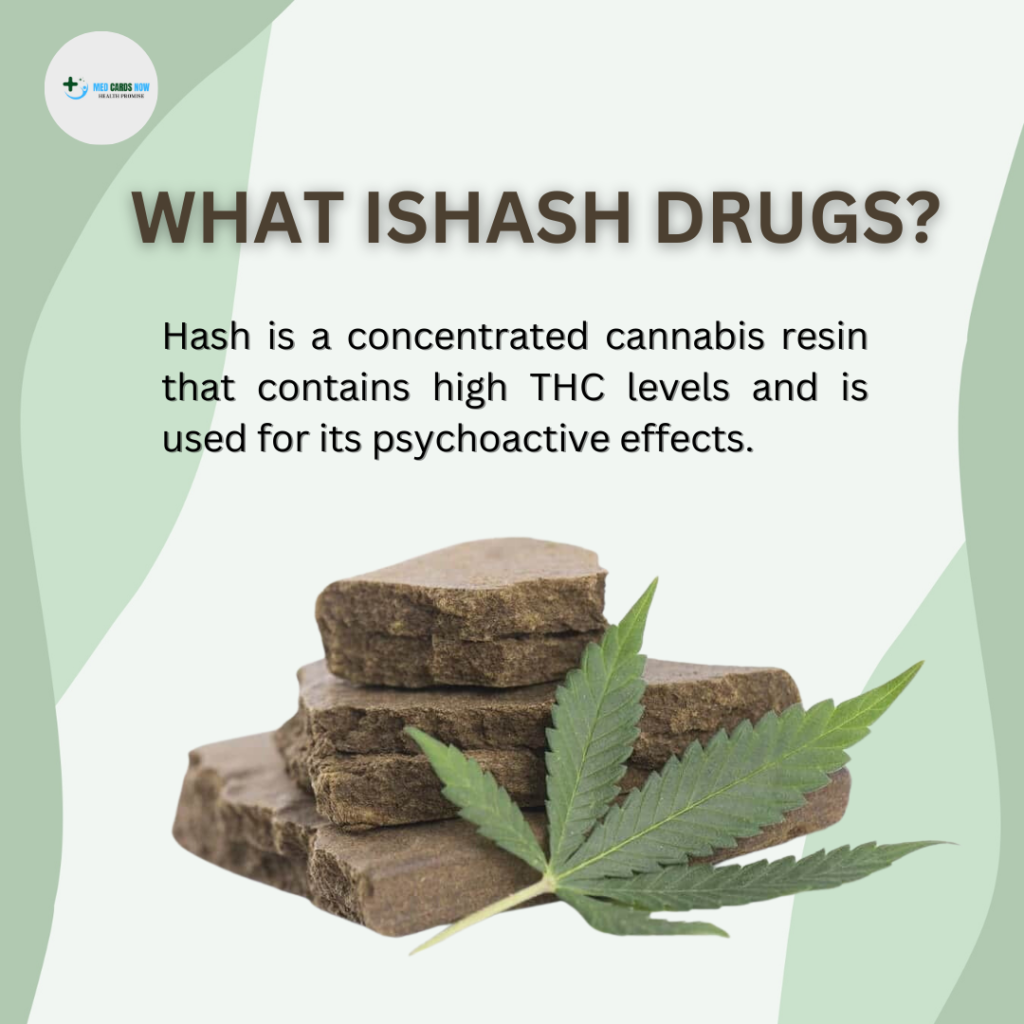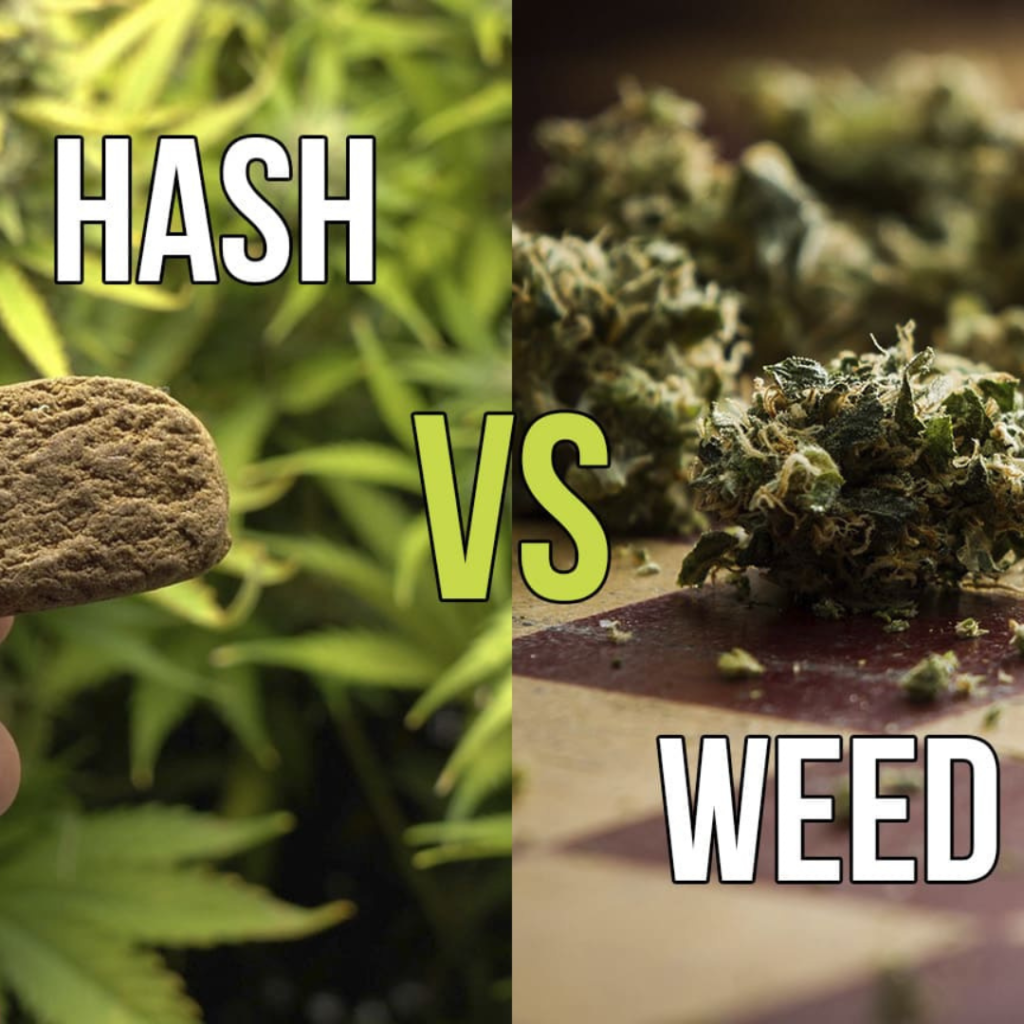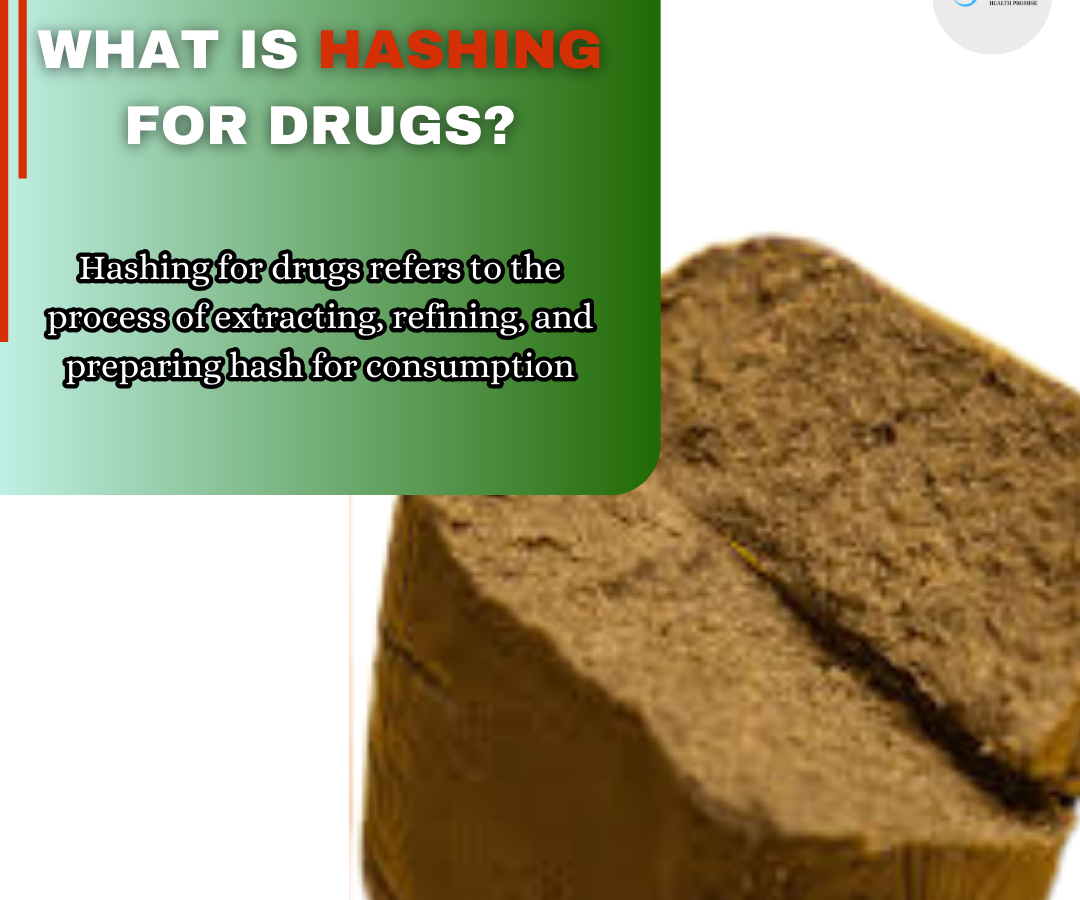
Close


Hash, short for hashish, is a concentrated form of cannabis that has been used for centuries for its potent psychoactive effects. It is derived from the resin of the cannabis plant and is known for its high levels of tetrahydrocannabinol (THC), the compound responsible for its mind-altering effects. In this article, we will explore what hash is, how it is made, its effects, and the practice of hashing for drugs.
Hashish, commonly referred to as hash, is a drug extracted from the resin glands (trichomes) of the cannabis plant. It is often pressed into bricks, balls, or slabs and varies in color from light brown to black. The potency of hash depends on the cannabis strain used and the method of extraction. It is commonly smoked, vaporized, or mixed with food for consumption.

While both marijuana and hashish come from the cannabis plant, they differ in potency, preparation, and use:
Composition: Marijuana consists of dried cannabis flowers, while hash is made from the extracted resin.
Potency: Hash typically contains higher levels of THC than marijuana, making it more potent.
Consumption: Marijuana is often smoked in joints or pipes, while hash can be smoked, vaporized, or ingested.
Appearance: Marijuana looks like dried green buds, whereas hash is a compressed, brown or black resin.
Effects: Hash tends to produce stronger psychoactive effects compared to marijuana due to its concentrated THC content.

Hashing for drugs refers to the process of extracting, refining, and preparing hash for consumption. This process ensures that the end product is potent and effective. The term is also used in the context of drug trafficking, where hash is processed and smuggled in various forms.


Hash produces effects similar to marijuana but in a more concentrated form. Some of the common effects include:
•Euphoria and relaxation: Users often experience a sense of calm and happiness.
•Altered perception: Enhanced sensory experiences and changes in time perception.
•Increased appetite: Commonly referred to as the “munchies.”
•Drowsiness: Higher doses may cause sedation or lethargy.
•Potential anxiety or paranoia: Some users may experience increased anxiety, especially with high doses.
The legality of hash varies worldwide. Some countries, such as Canada and certain U.S. states, have legalized cannabis and its derivatives for medical and recreational use. However, in many places, hash remains illegal, and possession or distribution can result in severe penalties.
Smoking hash can lead to lung problems.
Long-term use may affect memory and
Regular use can lead to dependence.
Possession or sale in illegal areas can result in imprisonment.
Yes, hash is more potent than marijuana as it contains a higher concentration of THC.
Hash is made from the resin of the cannabis plant, while weed (marijuana) consists of dried cannabis flowers.
Yes, hash can be mixed into food or made into edibles, but it must be heated (decarboxylated) first to activate THC
The legality of hash varies by country; in some places, it is legal for medical or recreational use, while in others, it is illegal.
Common side effects include euphoria, drowsiness, altered perception, anxiety, and increased appetite.
While a fatal overdose is unlikely, consuming too much hash can cause severe discomfort, paranoia, and dizziness.
The effects of hash last a few hours, but THC can remain in the body for days or weeks, depending on usage frequency.
Regular use of hash can lead to psychological dependence and, in some cases, mild withdrawal symptoms.
